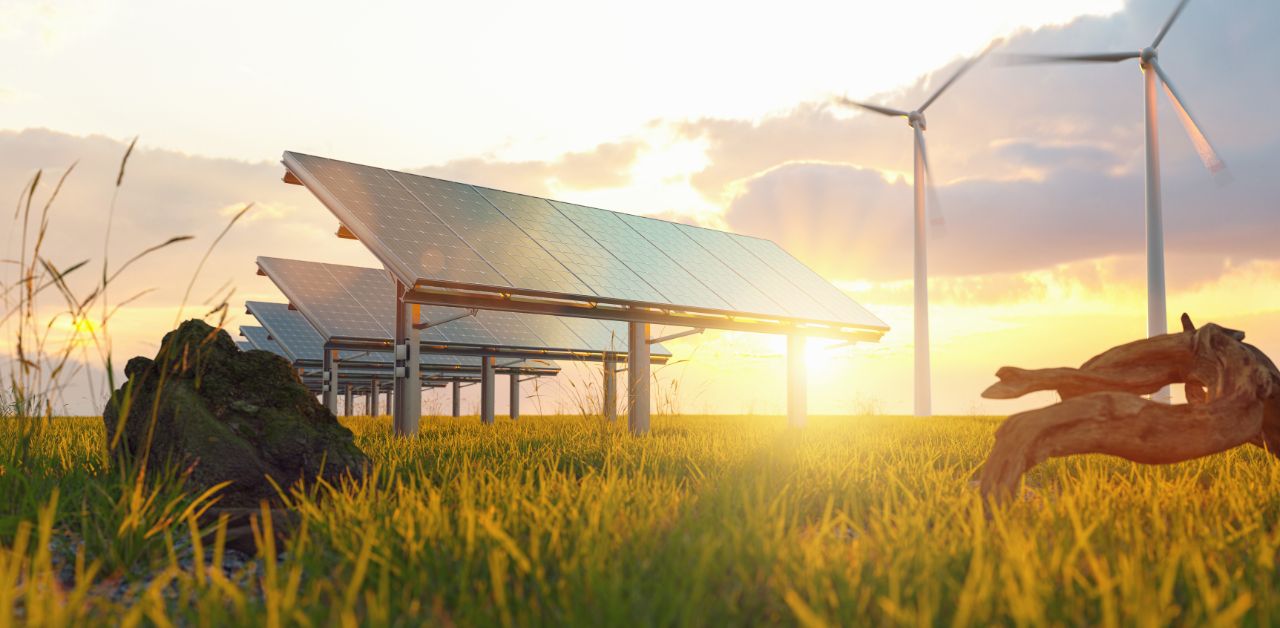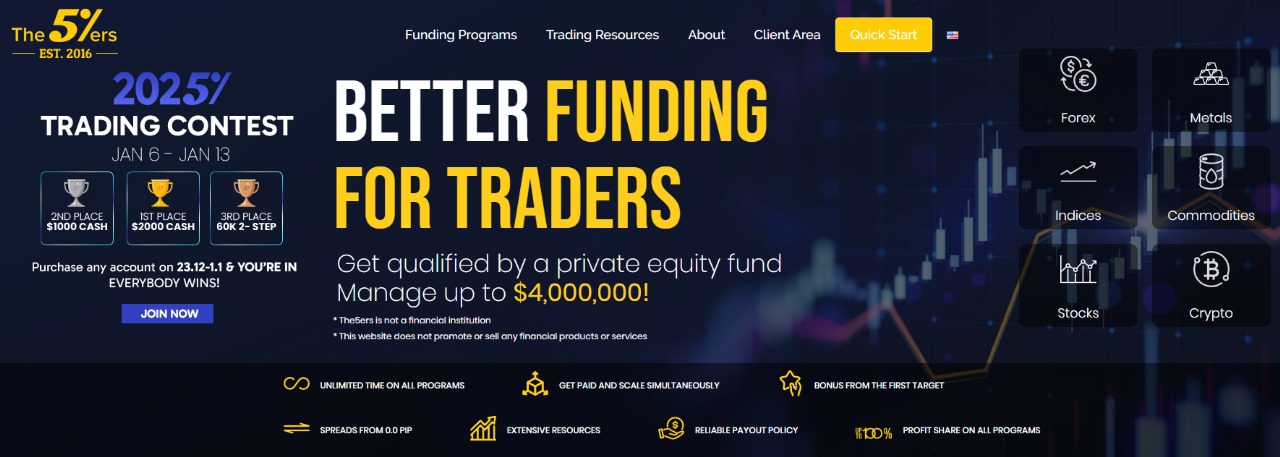Lucas Taub ecosystem energy is becoming a key player in the global shift toward sustainable energy systems. As the demand for clean, renewable power sources continues to grow, Lucas Taub ecosystem energy has emerged as a pioneering force in reshaping how energy is produced, distributed, and consumed. By integrating innovative technologies with eco-friendly practices, Lucas Taub ecosystem energy is setting new standards for what is possible in the renewable energy sector. In this article, we will explore the significance of Lucas Taub ecosystem energy, its benefits, and the future of this transformative energy model.
What is Lucas Taub Ecosystem Energy?
Lucas Taub ecosystem energy represents a novel approach to energy production that prioritizes sustainability, efficiency, and harmony with natural ecosystems. At its core, lucas taub ecosystem energy leverages renewable resources—such as solar, wind, and hydroelectric power—to create a closed-loop energy system that minimizes environmental impact. This innovative mEEodel of energy generation is designed not only to provide power but also to reduce the carbon footprint and promote ecological balance.
The key feature of Lucas Taub ecosystem energy is its focus on creating a balanced interaction between energy production and environmental preservation. This means that energy solutions are tailored to specific ecosystems, taking into account local climate conditions, topography, and natural resources. By using technology in alignment with nature, Lucas Taub ecosystem energy ensures that sustainability is at the heart of energy consumption.
Core Principles of Lucas Taub Ecosystem Energy
1. Renewable Energy Integration
Lucas Taub ecosystem energy relies heavily on renewable sources of energy. By harnessing wind, solar, and hydroelectric power, the ecosystem minimizes reliance on fossil fuels. These energy sources are not only abundant but also produce little to no harmful emissions, making them ideal candidates for creating a more sustainable future. Solar panels, wind turbines, and hydroelectric dams are key technologies in Lucas Taub ecosystem energy.
2. Circular Economy Model
Lucas Taub ecosystem energy operates on the principles of the circular economy, where waste is minimized and resources are reused. Energy systems within the ecosystem are designed to maximize efficiency, with surplus energy being stored for later use or redirected back into the grid. This reduces energy waste and enhances the system’s overall efficiency.
3. Smart Technology
Lucas Taub ecosystem energy incorporates cutting-edge smart technology to optimize energy production and distribution. Smart grids, for example, are integral to the ecosystem. These grids use data and artificial intelligence to predict energy demands and manage energy flow in real time, ensuring that energy is distributed where and when it is needed most.
4. Biodiversity Preservation
A unique aspect of Lucas Taub ecosystem energy is its emphasis on preserving biodiversity. Unlike traditional energy production methods that often disrupt natural habitats, lucas taub ecosystem energy aims to coexist with local ecosystems. This approach ensures that the energy infrastructure does not harm wildlife or ecosystems and, in some cases, can even enhance biodiversity through better land-use practices.
Key Benefits of Lucas Taub Ecosystem Energy
1. Reduced Environmental Impact
The most significant benefit of Lucas Taub ecosystem energy is its minimal environmental impact. Traditional energy production methods—such as coal mining and natural gas drilling—contribute to air pollution, water contamination, and habitat destruction. In contrast, Lucas Taub ecosystem energy reduces greenhouse gas emissions and other pollutants, making it a much cleaner alternative.
2. Enhanced Energy Efficiency
Lucas Taub ecosystem energy systems are designed for maximum efficiency. With advanced energy storage solutions, such as batteries and hydrogen fuel cells, the system ensures that energy is available even during periods of low production. This efficiency reduces waste and ensures that every watt of energy generated is put to good use.
3. Energy Security and Independence
Lucas Taub ecosystem energy promotes energy security by decentralizing energy production. Through localized energy generation (such as rooftop solar panels or small-scale wind turbines), communities can reduce their dependence on centralized power plants. This not only provides more reliable access to energy but also helps protect against price volatility and supply disruptions in global energy markets.
4. Economic Growth and Job Creation
The renewable energy sector, driven by models like lucas taub ecosystem energy, is a significant source of economic growth and job creation. From the manufacturing of solar panels and wind turbines to the development of smart grids and energy storage technologies, the sector is creating a wide range of employment opportunities. As Lucas Taub ecosystem energy continues to expand, it will contribute to the growth of green jobs worldwide.
Technological Advancements in Lucas Taub Ecosystem Energy
1. Advanced Energy Storage Solutions
Energy storage is a critical component of Lucas Taub ecosystem energy. The ability to store surplus energy generated during periods of high production allows for consistent power availability. Technologies such as lithium-ion batteries, pumped hydro storage, and even innovative solutions like flywheel energy storage are being employed to ensure that renewable energy is reliable and accessible at all times.
2. Smart Grids and AI Integration
Smart grids are another integral part of the Lucas Taub ecosystem energy. These grids use sensors, communication networks, and artificial intelligence to monitor and manage energy flow in real time. This makes it easier to integrate renewable energy sources like solar and wind, which can be variable, into the grid. AI also helps optimize the use of stored energy, predict consumption patterns, and prevent power outages, making energy distribution more efficient and reliable.
3. Green Building Technologies
Lucas Taub ecosystem energy extends beyond just energy production. The concept also includes sustainable building practices, such as energy-efficient homes and buildings equipped with smart technologies that optimize energy consumption. Solar-powered homes, passive building designs, and energy-efficient appliances are all part of the broader Lucas Taub ecosystem energy model.
4. Eco-Friendly Infrastructure
Infrastructure development under the lucas taub ecosystem energy is focused on minimizing environmental impact. Renewable energy systems are integrated into buildings, transportation networks, and urban planning, ensuring that every aspect of society contributes to sustainability. The result is not just cleaner energy, but also smarter, greener cities.
The Future of Lucas Taub Ecosystem Energy
The future of Lucas Taub ecosystem energy holds tremendous promise. As renewable technologies continue to improve and become more affordable, the adoption of sustainable energy solutions will expand rapidly. The continued development of smart technologies, energy storage systems, and decentralized power generation will help make Lucas Taub ecosystem energy an integral part of the global energy landscape.
Governments, corporations, and consumers are all playing a crucial role in the transition to sustainable energy, and Lucas Taub ecosystem energy is poised to lead the way. As environmental concerns grow and the push for cleaner energy intensifies, Lucas Taub ecosystem energy offers a viable, long-term solution to the world’s energy challenges.
Conclusion
Lucas Taub ecosystem energy is at the forefront of a global energy revolution, offering a sustainable and efficient alternative to traditional fossil fuel-based power. Through its focus on renewable resources, technological innovation, and environmental preservation, lucas taub ecosystem energy is shaping the future of energy production. By embracing these systems, the world can move toward a more sustainable, secure, and equitable energy future, ensuring that clean energy is accessible to all.




